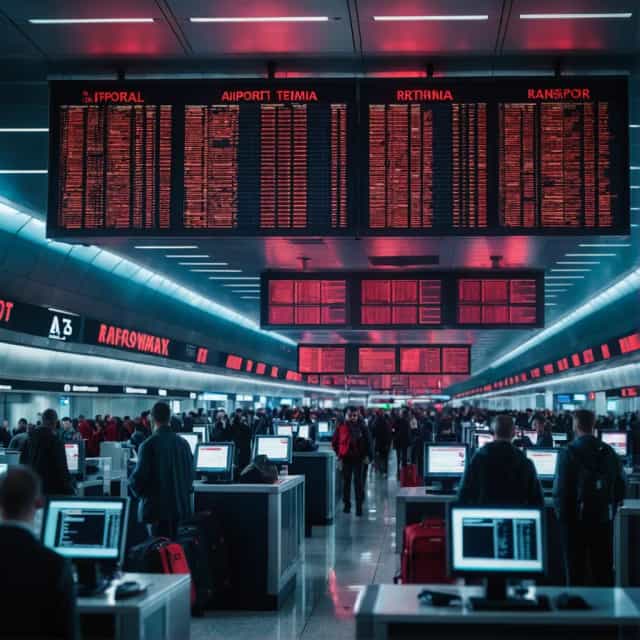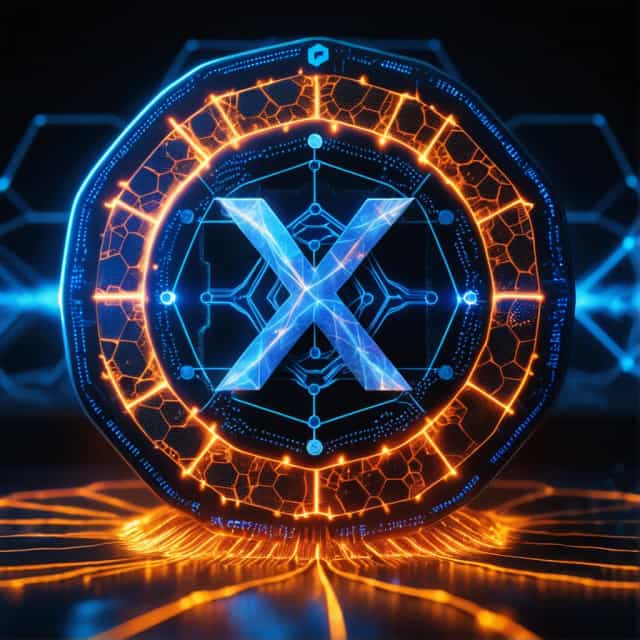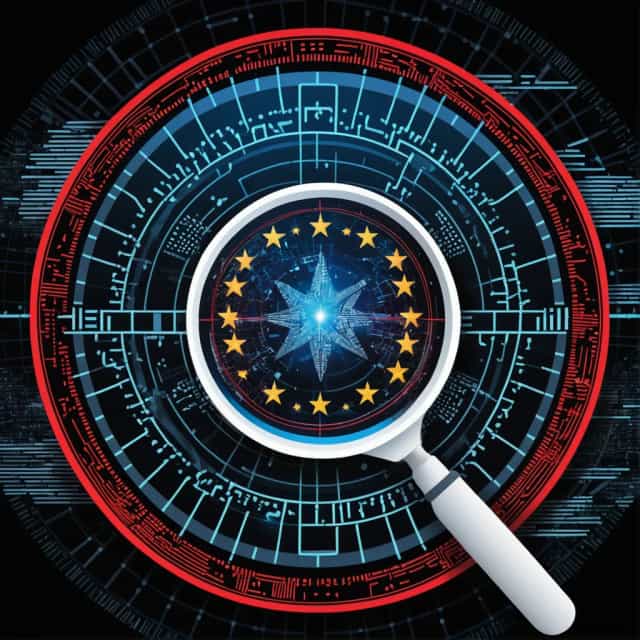
출처: Block Media
Tokenization of Real-World Assets: Financial Revolution or Unsustainable Frenzy?
The tokenization of real-world assets (RWA) has quickly emerged as a pivotal trend in global finance. As traditional financial institutions increasingly lean into blockchain technologies, the growth of this sector is stirring debate: Are tokenized RWAs the next frontier for financial innovation, or is this momentum a speculative bubble poised to burst? On the 25th, market analyst Michaël van de Poppe shared insights in an exclusive interview with BeInCrypto, delving into the RWA market's transformative potential within the global financial ecosystem.
The Rapid Expansion of Tokenized Real-World Assets
Over the past year, the market capitalization of tokenized real-world assets skyrocketed from $2.96 billion to $7.285 billion—a remarkable 143% surge. This explosive growth reflects growing investor confidence as RWAs increasingly bridge the gap between traditional finance (TradFi) and blockchain-based decentralized finance (DeFi).
Highlighting this shift, Van de Poppe emphasized the mounting interest of institutional players. “The participation of Web2 and traditional finance institutions in the RWA market is a clear positive signal,” he said. Recent milestones reinforce this view, including PayPal's unveiling of a stablecoin on the SEI blockchain and Robinhood's collaboration with Ondo to introduce tokenized stock offerings.
Even more telling is the entry of key financial institutions like the London Stock Exchange Group (LSEG). The LSEG has launched its Digital Market Infrastructure (DMI) platform, which leverages distributed ledger technology (DLT) to digitize the lifecycle management of private investment funds. This initiative not only facilitates efficient distribution and trading of these assets but also establishes an essential connection between conventional finance and DeFi.
RWAs traditionally considered illiquid, such as private equity or real estate, are now poised to unlock liquidity via platforms like DMI. By integrating tokenization technology, institutional trust in these emerging asset classes may deepen. Currently, the total value locked (TVL) in RWA protocols has climbed to $1.579 billion, further evidence of the sector's accelerating pace.
Institutional Adoption & Early Market Challenges
One of the most compelling signs of tokenized RWAs’ bright future is Nasdaq’s exploration of regulatory adaptations that would allow tokenized stocks to be listed on its exchange. Van de Poppe interprets this as a robust vote of confidence in the RWA market. “When globally influential players like Nasdaq show commitment to tokenized assets, it solidifies the market’s credibility and forecasts strong growth,” he explained.
However, despite encouraging developments, the RWA sector is still in its infancy. Foundational infrastructure for tokenized assets remains underdeveloped, while regulatory ambiguity poses a persistent challenge to broader adoption. Although the foray of major exchanges like Nasdaq lends legitimacy to the space, the sector’s expansion into the mainstream hinges on time and regulatory clarity.
“Tokenization is only in its formative stages,” said Van de Poppe. “The growing number of participants and platforms is certainly exciting, but technological maturation and regulatory alignment are crucial prerequisites for long-term success in the RWA sector.”
The Path Forward
Challenges notwithstanding, the burgeoning interest among institutional players and blockchain pioneers alike suggests that the market for tokenized real-world assets is far from a passing trend. As the convergence of TradFi, DeFi, and tokenization accelerates, it has the potential to redefine the way securities are issued, structured, traded, and managed on a global scale.
Whether this trend becomes a transformative force in finance or fizzles out as a speculative gamble will ultimately depend on two critical factors: the evolution of supporting technologies and regulatory frameworks. Observers and stakeholders alike will be closely watching this emerging landscape, as it could mark either the dawn of unprecedented financial innovation or a momentary craze.










